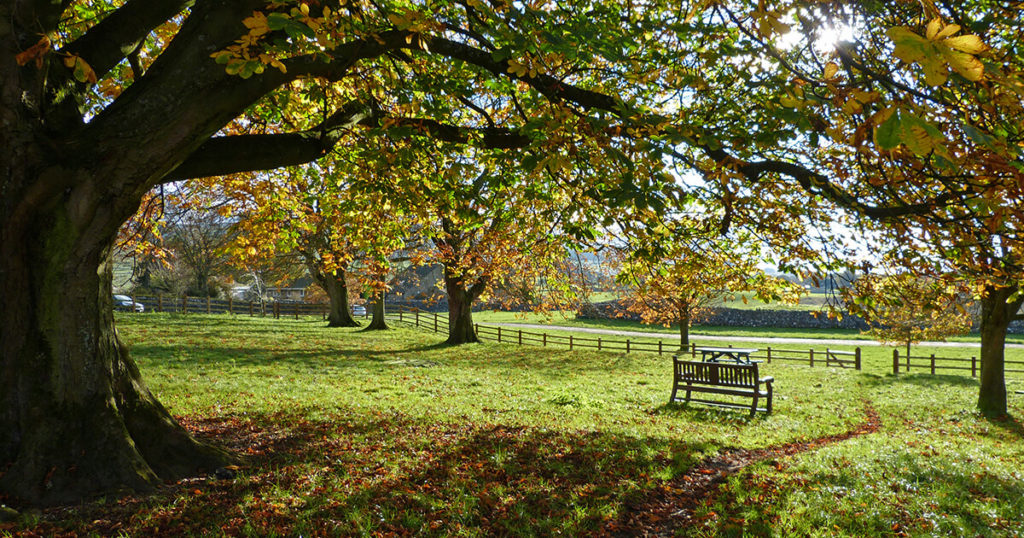
In the highlands of southern France, where lavender mixes with alpine wildflowers, I would often bike by a huge horse chestnut tree. Even though that was last year in mid-June, it was still cool enough to wear long sleeves and feel grateful for sunshine. The heat of the French Riviera was below, compliments of the glittering sea. The chestnut tree was my coasting point—I would have just spent 45 minutes biking up the Col du Vence, resigning myself to lower and lower gears. The chestnut signaled my reward: an hour-long descent through cricket-heavy meadows to the ancient village where I was living. Speeding down the mountainside, I would often think about how only a few weeks ago, I had been admiring the same massive blooming trees in Cambridge. But that was a different world, with a lot less hills.
Last year, before heading to France, I had unknowingly timed my arrival in Cambridge with the peak of the chestnut bloom. I was visiting for an American literature symposium, but there was plenty of time to wander through the parks and college gardens, admiring the trees. The most prominent example stands next to King’s College Chapel. Its roots must hit bedrock, considering it stands as high as the Gothic stained-glass windows. In fact, after more than 200 years, it has grown so large that it now buttresses over the green grass toward the street.
As a presenter at this year’s symposium, I had been keeping an eye on the chestnuts all spring. In late April, the leaves fingering off each branch looked like the half-opened paper umbrellas in tropical drinks. By early May, they had grown big enough to dangle like discarded banana peels. This week, the leaves on most of the chestnuts are fully developed, thousands of Snoopy ears flopping in the breeze. However, the candelabra flowers—white and pink torches pointing into the sky—have stolen the show. Each blossom is peach tinged, and from a distance it looks like a weary tourist or frustrated child has kicked pea pebbles from the pathways up into the canopies. This time around, the blossoms are a reward for rainy days in the library, instead of Niçoise bike rides.
Besides the blooming candle flowers and the reminder of my French trip, one of the reasons that I like horse chestnuts is because there are only a few left in America. At the turn of the 20th century, a fungus began blighting billions of the “redwoods of the East.” Before that, they grew fast and tall, a hardwood tree providing shade, lumber, and food. Richard Powers’s The Overstory begins with a bountiful harvest: thousands of nuts falling like hearty hail. The horse chestnuts around Cambridge—dotting the city’s parks, lining the roads into villages like Barton and Knapwell, looming over cow pastures in Grantchester—remind me of home. On long bike rides and country rambles, they beckon like a 12th-century church steeple.
The trees themselves look American. The chestnut’s shape—sturdy but lithe—and its earnest green leaves evoke summer in the Blue Ridge Mountains. When I’m homesick, each is an expat friend. The Cambridge chestnuts send me back to Virginia like a phantom limb. In the late evening light, the candles give an avuncular wink, and I might as well be looking at thousands of lightning bugs.
I know that in a few weeks, the flowers will drop their petals. The peach color will fade into the green trunk, and the blossom skeletons will crumple and curl like Victorian wallpaper. But by that point, I will have presented my paper, and my mind will be on summer breezes that blow from the Shenandoah to the Cote d’Azure.


